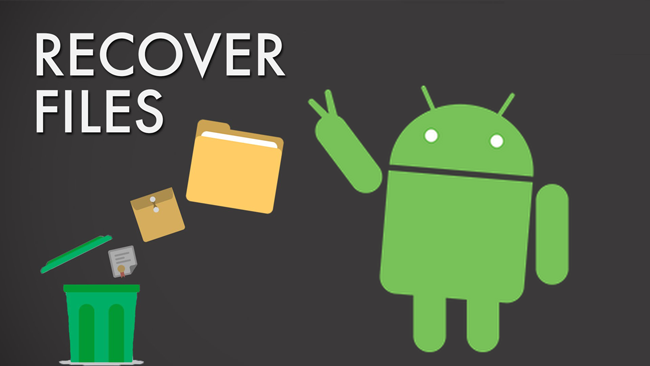

File Infector Virus: File infector viruses typically infect the executable (.exe) files.The latter slowly infects and damages your programs to the point of being barely noticeable. The former does a lot of damage quickly, and thus, is relatively easier to detect. There are two primary subtypes of resident viruses–fast infectors and slow infectors. Resident Virus: A resident virus will attach itself to the computer’s memory, allowing it to damage and infect all applications that are run by the computer.They can redirect your searches to another website, install toolbars without your permission, and display multiple advertisement pop-ups. Browser Hijacker: Browser hijacker viruses essentially modify your browser’s settings without your permission.The damage that a macro virus can do ranges from modifying the infected documents to accessing your email and sending out infected copies of the documents to all your contacts. Macro Virus: Embedded into the macro-instructions of programs such as Excel or Word, Macro Viruses used to be the dominant form of computer viruses, until Microsoft disabled macros by default in MS Office 2000.This is what makes these viruses so tough to detect. Polymorphic Viruses use complex mutation engines to constantly modify their code, encrypt it, and constantly change the encryption key.

Polymorphic Virus: A difficult-to-detect virus that slightly changes or morphs its code after each infection.There are different types of viruses, defined by how they infect the host and what they do: A virus is a specific type of malware that usually self-replicates and performs the malicious actions it was programmed to do. The terms ‘virus’ and ‘malware’ are often substituted for each other, but they are quite different. How to Identify the Type of Virus You’re Dealing With? There are also cases in which a virus simply wipes out the entirety of your hard disk drive. Some viruses delete files as soon as you click on them, and so forth. An example could be ransomware that encrypts your files until you pay a certain fee to the hacker to unlock your data. It’s essential to know and differentiate between computer viruses.Ībsolutely, computer viruses can delete, corrupt, or modify your files. Some viruses may not even impact your data at all. There are several types of computer viruses that affect your PC and your data in different ways. Learn how, by reading the sections below. If you’ve been a victim of malware-induced data loss, there’s no need to panic, because it is possible to recover files deleted by a virus. In addition to wiping out your data, some types of malware can indirectly cause data loss (i.e. Is it safe to copy files from a virus infected computer?Ī leading cause of data loss in computers is malware infections.Can I recover files corrupted by the virus online?.How to recover files affected by the trojan virus?.How to recover ransomware infected files?.How to recover virus infected files using CMD?.



 0 kommentar(er)
0 kommentar(er)
